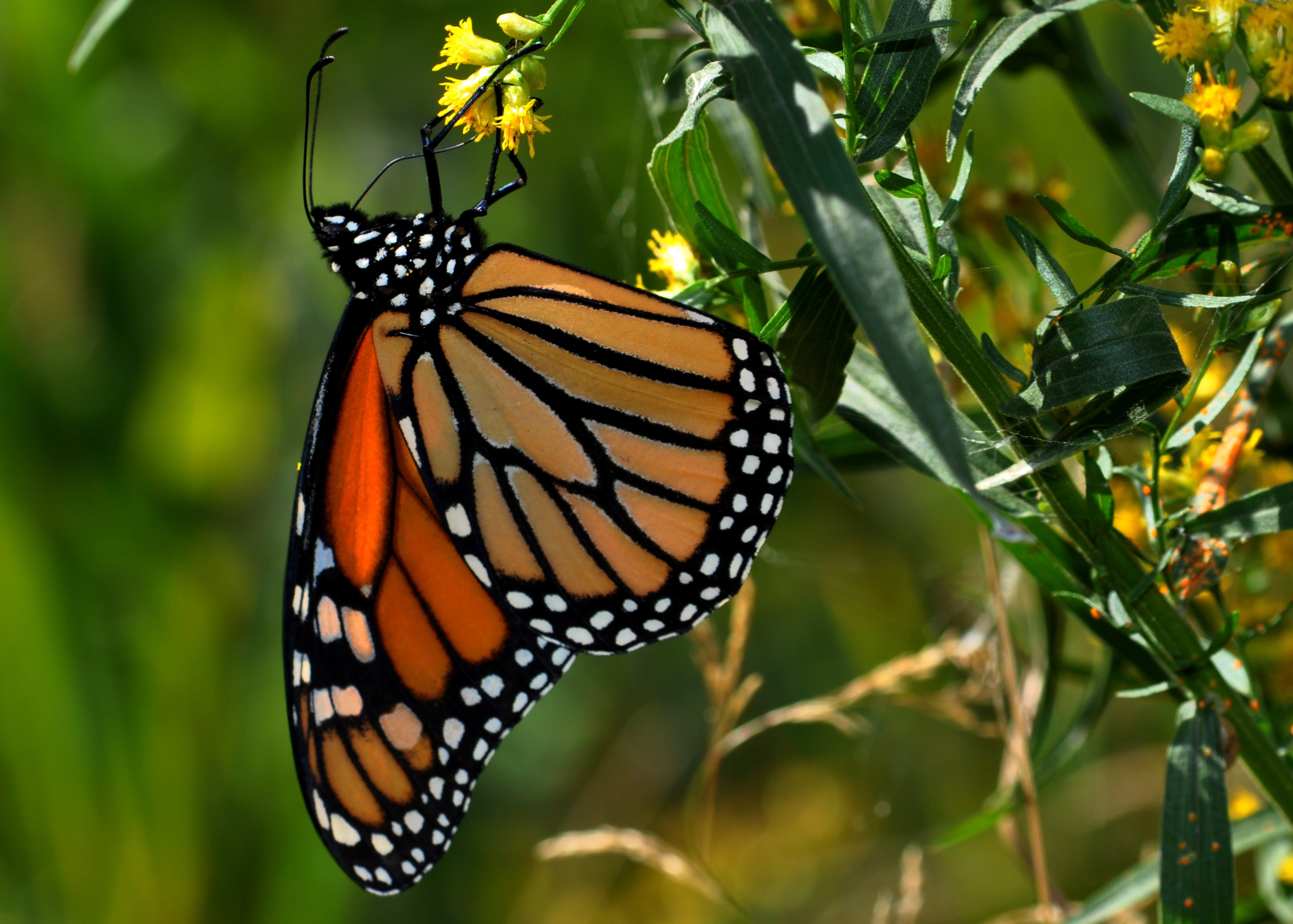They’re back! On May 2, the first Canadian monarch observation of 2018 was reported. The butterfly was seen at Point Pelee National Park. How does this observation compare with past years? Let’s take a look at the archives…
by André-Philippe Drapeau Picard
Mission Monarch coordinator

In spring, some people seem seized with fever and exhibit strange behaviors. They are seen wandering in open areas, equipped with binoculars and huge cameras, actively looking around as if they were being watched. Those are the symptoms of the monarch fever!
In fact, many are impatiently waiting for monarchs to show up. The butterflies we saw leaving last fall have spent the winter in Mexico, in the sacred fir forests. In March, they left those overwintering sites and undertook their northward migration. However, monarchs arriving in spring in Canada are not those who left Mexico, but their descendants born in the United States.

In Canada, first yearly monarch observations come from Ontario. In the Ontario Butterfly Atlas, which contains several thousand monarch records, a third of the first sightings happened in the Point Pelee National Park. This is first due to the fact that this park is the southernmost point of this province – and of Canada. Second, because Point Pelee extends into Lake Erie, it is the narrowest passage for crossing this Great Lake.
The Ontario Butterfly Atlas includes fifty years of monarch records. On average, first monarchs are observed on May 13, with a 20 days standard deviation. Thus, seeing one on May 2, like this year, is a little early but not exceptional. In fact, 11 out of the 48 first sightings were made in April!
How about Québec?
In Québec, monarchs arrive about a month later. Based on observations submitted to eButterfly, first sightings are made around June 13 on average. When will it be this year? We will know soon! Keep an eye open…
It is important to monitor migrating species, especially those of special concern such as the monarch, to predict challenges they may face. Climate change, for example, can modify migration patterns and accelerate plant growth, leading to a mismatch between migrants and their food ressources.
That invaluable information is known thanks to thousands of enthusiasts like you who share their observations on citizen science platforms such as Mission Monarch. In the end, the monarch fever is a good thing!

5 comments